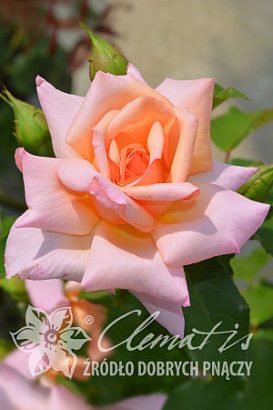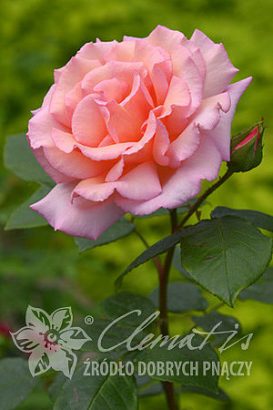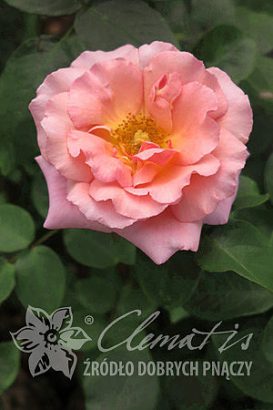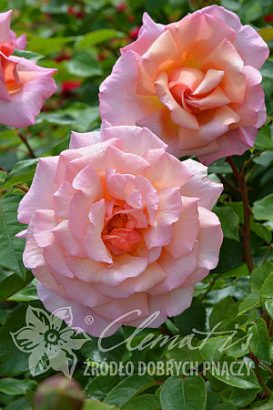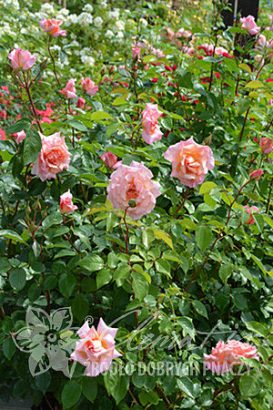Rosa ‘Compassion’
Climbing rose 'Compassion'| Decoration form | flowers |
|---|---|
| Color of flowers | pink and orange |
| Plants height | 1-4 m |
| Flowering month | VI, VII, VIII, IX, X |
| Annual growth | 1-3 m |
| Aspect | sun, 3/4 sun, 1/2 sun |
| Frost hardiness | Zones 5 - 8 |
Free-flowering rose of fragrant, shapely creamy-pink flowers similar to those of large-flowered roses. Suitable as cut flowers. Disease resistant.
WHAT IT LOOKS LIKE: Flowers 10 cm across, double, exceptionally shapely – they remind of the Large-flowered roses; buds are delicate pink, open flowers turn creamy-coloured; pretty and strongly scented. Very numerous, gathered in inflorescences; appear abundantly in VI and continue flowering well into autumn. Leaves are large, dark green, leathery and slightly glossy. Stems thick, stiff and thorny.
HOW IT GROWS: A vine that leans against supports rather than climb along them. The cultivar belongs to the Climbers group. Requires tying up. Strong-growing. The plant height depends on its support – in Poland it reaches 1.5-4.5 m. The supports should be sufficiently extensive and solid.
WHERE TO PLANT: Requires a sunny or semi-shaded site. The soil should be fertile and moist but well-drained. Thrives in a ground of slightly acidic or neutral pH. Relatively resistant. Hardy (zone 5–8).
HOW TO PLANT AND MAINTAIN: Before planting immerse the plant container in water for 10-30 min. Place the root ball in a 40 x 40 x 40 cm hole with a 10 cm layer of well-rotten manure or compost, 0.5-1 cm deeper than it was before. Fill the hole with fertile soil. In spring, dead and damaged shoots should be removed and the previous year growth should be cut back above the 3rd -5th “eye”, leaving the caned stems that provide structure.
HOW TO APPLY: The cultivar is recommended for house gardens, public greenery and parks, both in formal and natural areas. It may be trained along hedges or walls, entrance gates and romantic arbours. If grown without supports, it may be a feature in a large rock garden.
ORIGIN: Great Britain. Introduced in the market by R. Harkness Co. Ltd. in 1973.

